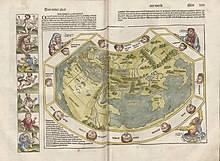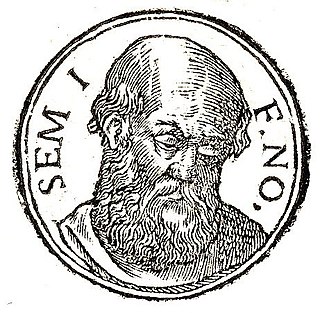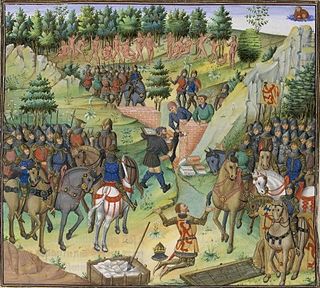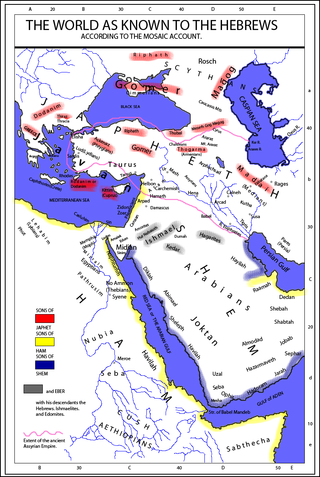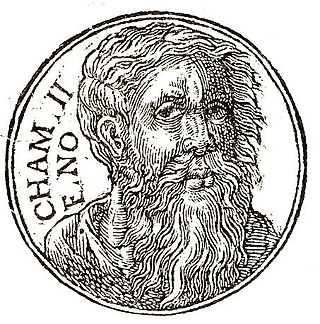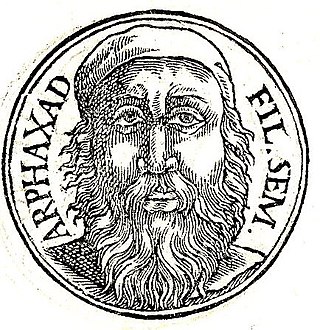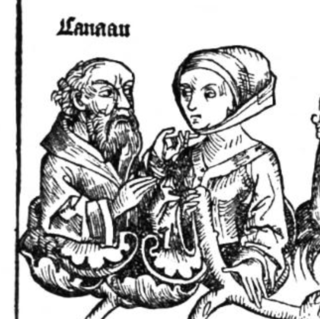Allgemeine Gränzlinien der Mosaischen Bevölkerungskunde. Die Familien und Stämme, aus denen hernach kleine und grösere Nationen erwachsen sind, haben sich nach gewissen Directionslinien ausgebreitet. Der Mittel punct der Ausbreitung ist in der Gegend des Gebirges Ararat oder Paropamisus, das ist, im Nordwesten von Indien oder um Bactra herum. Hiebey ist nicht zu vergessen, was Gen. IX, 25-27 steht, daß nämlich den Japhetiten, wie schon ihr Name anzeigt, vom Noach eine vorzüglich grose Ausbreitung als ein eigener Siegen verheisen worden, daß sie auch in Semitischen Ländern Size bekommen, und daß die Canaaniter ihnen, wie den Semiten, dienen sollten. Wie wörtlich dieses erfüllet worden sey, lehrt die alte und neue Geschichte ganz augenscheinlich. I) Die Japhetiten wohnten zu Mosis Zeiten von Bactria und Sogdiana an rings um das Caspische Meer herum, im Süden bis an die Küsten von Kleinasien, im Norden von dem Uraltag oder den Riphäisschen Gebirgen an bis in Europen hinüber, woselbst die westliche Gränzlinie vom Tyras oder Dnjester an längst den Küsten des schwarzen Meers über Thracien hinweg, bis an die abendländische Küste Griechenlandes, mit Einschliesung der südöstlichen Küste Italiens, fortlief. Die sogenannten Indo-Scythen haben allem Ansehen nach damals schon an dem Ober-Indus hin gewohnt; aber den Persern getraue ich mir zu Mosis-Zeiten noch niche die südlichen Wohnungen, die sie in der Folge inne hatten, einzuräumen. II) Die Semiten wohnten zu Mosis Zeiten theils in Indien, gegen den Ganges hin, theils an den Küsten des Südmeers bis an den Persischen Meerbusen, in Elymais, Assyrien, Chaldäa, und im südlischen Mesopotamien, und bey weiterer Ausbreitung in einigen Gegenden von Palästina, im Norden und Süden von Arabien, endlich auch, aber vielleicht noch nicht zu Mosis Zeiten, in Abyssinien oder Ethiopien. III) Die Chamiten wohnten zu Mosis Zeiten in Schinear, das ist in Mesopotamien und Babylonien, sodann im südwestlichen Arabien (aber ungewiß, ob damals schon, wie hernach, in Ethiopien): von da aber durch ganz Egypten, die nächsten Westfänder Lybiens vielleicht mir eingeschlossen, über einen nördlichen Strich von Arabien, und längst der Küste von Palästina und Syrien, Cypern mit eingeschlossen, bis nach Colchis. Mit der Zeit, und zum Theil schon vor Mose wurden die Chamiten, vornämlich durch Semitische Stämme, denen sie in Arabien, Abyssinien und zulezt auch in Canaan weichen musten, sehr eingeschränkt, und hier und da zum Abzug aus Asien, wo ihnen keine Länder zustunden, gezwungen, oder ausgerottet. | General Outline of Mosaic Population Studies. The families and tribes, from which small and larger nations subsequently grew, have spread in various directions. The middle point of the spread is in the area of the mountains of Ararat or Paropamisus, that is, in the northwest of India or around Bactra. It is not to be forgotten what Genesis 9:25–27 states: that the Japhetites, as their name indicates, were successfully spread by Noah as a result of their victories, that they also have size in Semitic countries, and that the Canaanites, like the Semites, should be subservient. The ancient and modern stories clearly show how this has been literally fulfilled. I) In Moses's time, the Japhetites lived from Bactria and Sogdiana around the Caspian Sea, in the south to the coasts of Asia Minor, in the North from across the Urals or the Riphaise Mountains to in Europen, even the western line from the Tyras or Dniester on the coasts of the Black Sea long ago across Thrace, to the western coast of Greece, including the southeastern coast of Italy. The so-called Indo-Scythians, according to reputation, already lived on the Upper Indus back then; but would not dare to propose the Persians in Moses's days the southern regions that they subsequently had. II) During the time of Moses, the Semites lived partly in India, towards the Ganges, partly on the coasts of the South Sea to the Persian Gulf, in Elymais, Assyria, Chaldea, and in southern Mesopotamia, and with further expansion in some areas of Palestine, in the north and south of Arabia, finally too, but maybe not yet in Moses's time, in Abyssinia or Ethiopia. III) During the time of Moses, the Hamites lived in Schinear, that is in Mesopotamia and Babylonia, then in southwestern Arabia (but uncertain, whether back then, as later, in Ethiopia): from there, however, through all of Egypt, perhaps the closest west of Libya to me, across a northern line from Arabia, and long since the coast from Palestine and Syria, including Cyprus, to Colchis. Over time, and in part even before Moses, the Hamites became very restricted, primarily through Semitic tribes, whom they had to give way in Arabia, Abyssinia and, more recently, also in Canaan, and here and there to withdraw from Asia, where no countries were entitled to them, forced, or exterminated. |



